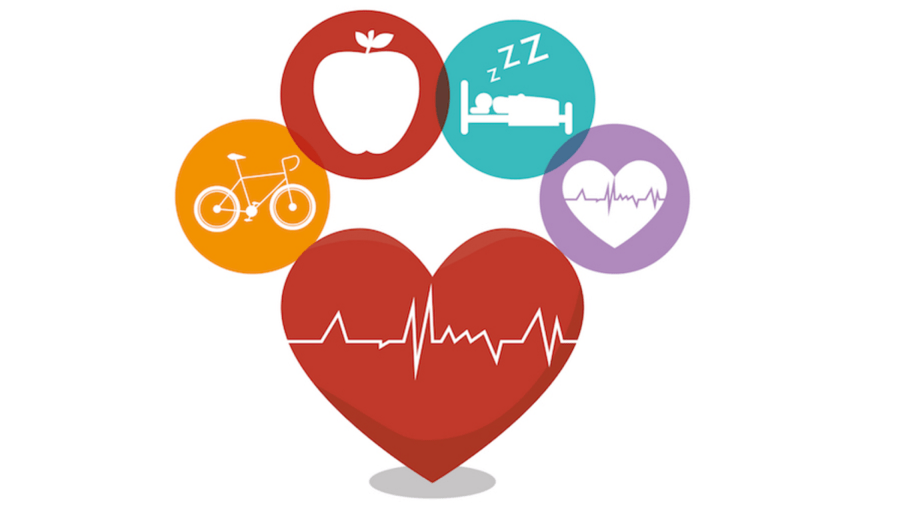15 Proven Ways to Cultivate Mindfulness Daily

Updated at: 2025-05-21 10:57:39 (2 months ago by Melkisedeck Leon Shine)
```htmlCultivating Mindfulness: A Practical Approach to Enhanced Well-being
Mindfulness, the practice of present moment awareness without judgment, has gained considerable traction in recent years for its demonstrated efficacy in stress reduction, well-being enhancement, and overall improved quality of life. This article explores fifteen evidence-based strategies for integrating mindfulness into daily routines, leveraging concepts from Cognitive Behavioral Therapy (CBT), Acceptance and Commitment Therapy (ACT), and the broader field of Positive Psychology.
1. Establishing Intentional Beginnings: Initiate each day by setting a clear intention, leveraging the power of goal-setting theory. This could involve focusing on gratitude, fostering a positive mindset, or prioritizing a specific mindful activity for the day. This sets a positive emotional tone, priming the individual for increased mindfulness throughout the day.
2. Mindful Consumption: Engage in mindful eating, a core component of many mindfulness-based interventions. This involves paying close attention to the sensory experience of eating – the taste, texture, aroma, and visual appearance of the food. Slow, deliberate consumption allows for increased appreciation and reduces the likelihood of overeating, aligning with principles of mindful self-regulation.
3. Strategic Integration of Micro-Breaks: Schedule brief mindful breaks throughout the day to counter the effects of stress and enhance cognitive function. These breaks could involve deep breathing exercises or brief moments of sensory awareness, leveraging the restorative power of attention regulation as outlined in attention restoration theory. This promotes improved focus and reduces burnout.
4. Nature's Restorative Influence: Utilize nature's restorative properties, consistent with the Attention Restoration Theory, by incorporating regular exposure to natural environments. A walk in a park, time spent gardening, or even simply observing the natural world can induce feelings of calm and reduce stress responses.
5. Cultivating Gratitude: Practice gratitude regularly through journaling or mental reflection, aligning with the broaden-and-build theory of positive emotions. Focusing on positive aspects of life enhances emotional well-being and fosters a more optimistic outlook, improving resilience against stress.
6. Mindful Movement and Embodiment: Integrate mindfulness into physical activity, enhancing body awareness and promoting a holistic approach to well-being. Activities such as yoga, tai chi, or even mindful walking cultivate a deeper connection between mind and body. This practice utilizes principles of somatic experiencing.
7. Environmental Design for Mindfulness: Create a supportive environment conducive to mindfulness by incorporating calming elements such as soft lighting, natural scents, and soothing soundscapes. This is in line with environmental psychology, emphasizing the impact of surroundings on mood and behavior.
8. Harnessing the Power of Breath: Employ deep breathing techniques, such as diaphragmatic breathing, as a self-regulation strategy. This is a fundamental technique in many mindfulness practices, activating the parasympathetic nervous system and reducing physiological stress responses.
9. Mindful Communication: Practice active listening during conversations, giving your full attention to the speaker and minimizing distractions. This promotes stronger interpersonal connections and enhances empathy, consistent with principles of interpersonal communication theory.
10. Mindful Technology Usage: Set boundaries for technology use, minimizing distractions and promoting focused attention. This involves practicing digital mindfulness, aligning with the principles of self-regulation and time management. This minimizes the negative impact of technology overuse.
11. Self-Compassion as a Foundation: Cultivate self-compassion, treating oneself with kindness and understanding. This is crucial for developing resilience and emotional regulation, a key element of self-compassionate living. Self-compassion reduces self-criticism and improves coping mechanisms.
12. Integrating Mindfulness into Daily Tasks: Infuse mindfulness into routine activities like washing dishes or cleaning, transforming mundane tasks into opportunities for present moment awareness. This practice enhances appreciation for everyday experiences and reduces the monotony of daily routines.
13. Body Scan Meditation: Practice body scan meditation to increase body awareness and identify areas of tension or discomfort. This practice enhances interoceptive awareness – the ability to perceive internal bodily states.
14. Engaging in Mindful Hobbies: Engage in hobbies that promote flow and focused attention. Engaging in activities like painting, playing music, or gardening fosters a sense of purpose and enjoyment, enhancing well-being.
15. Mindful Transitions to Sleep: Create a relaxing bedtime routine to promote restful sleep. This could involve meditation, gentle stretching, or mindful reflection, leading to improved sleep quality and daytime energy levels. This is aligned with sleep hygiene principles.
Conclusion and Recommendations
The consistent practice of mindfulness offers significant benefits for overall well-being. The fifteen strategies presented provide a comprehensive framework for integrating mindfulness into daily life. Further research could explore the long-term impact of these strategies on various populations and the development of tailored interventions based on individual needs and preferences. These practices, when consistently applied, can lead to significant improvements in stress management, emotional regulation, and overall life satisfaction. The integration of mindfulness into various aspects of life, from work to personal relationships, promises to significantly impact an individual's quality of life. Future studies should focus on comparing the efficacy of different mindfulness techniques across various demographics and developing more accessible and culturally sensitive mindfulness-based interventions.
Reader Pool: What are the potential limitations and challenges individuals might encounter when attempting to integrate these mindfulness strategies into their busy lives, and what practical solutions might address these challenges?
```

